Should You Empty Your Dog’s Anal Sacs Regularly? A Veterinarian’s Perspective
If you’re a dog owner, you may have heard about the importance of emptying your dog’s anal sacs regularly. But is it really necessary? The answer is not straightforward, as it depends on several factors such as your dog’s breed, age, diet, and overall health. In this article, we’ll explore the topic of emptying your dog’s anal sacs, including what anal sacs are, why they can cause problems, how to manage anal sac health, and more.

Understanding Anal Sacs in Dogs Anal sacs, also known as anal glands, are two small sacs located on either side of your dog’s anus. These sacs produce a smelly fluid that is normally released during bowel movements. However, sometimes the sacs can become impacted or infected, which can cause discomfort, pain, and even lead to more serious health issues. Some dogs may naturally empty their anal sacs when they defecate, while others may need help from their owners or a veterinarian.
Managing Anal Sac Health The best way to manage your dog’s anal sac health is to keep an eye on their behavior and schedule regular check-ups with your veterinarian. If your dog is scooting on the ground, licking their rear end excessively, or showing signs of discomfort, it may be a sign that their anal sacs are impacted or infected. Your veterinarian can help you determine the best course of action, which may include manual expression, dietary changes, or medication.
Key Takeaways
- Emptying your dog’s anal sacs regularly is not always necessary and depends on several factors.
- Anal sacs can become impacted or infected, causing discomfort and other health issues.
- Regular check-ups with your veterinarian and observing your dog’s behavior can help manage anal sac health.
Understanding Anal Sacs in Dogs
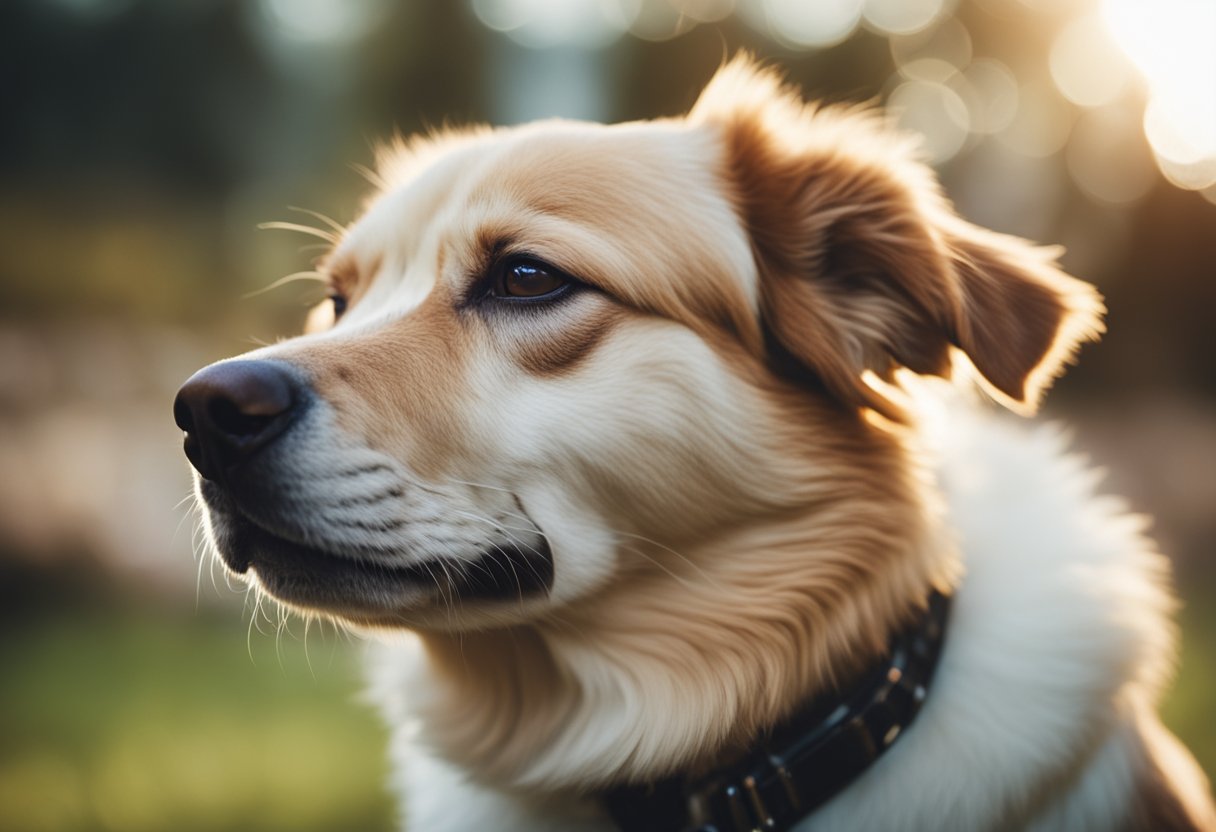
If you’re a dog owner, you may have heard of anal sacs or anal glands. These are small, oval-shaped glands located on either side of your dog’s anus. Anal sacs contain oil and sweat glands that produce compounds that are thought to be involved in chemical communication between dogs. When dogs sniff each other’s backsides, they are reading the stories the anal glands are telling.
Function of Anal Sacs
Anal sacs serve an important function in dogs. Most wild animals empty these glands voluntarily for scent marking or self-defense. With evolution, domesticated animals have lost the ability to do so. In most animals, exercise and normal defecation serve to empty the sacs. However, some dogs may not be able to empty their anal sacs naturally, which can lead to discomfort and even infection.
Signs of Anal Sac Issues
It’s important to keep an eye out for signs that your dog’s anal sacs may need to be emptied. These signs may include scooting or dragging their bottom on the ground, excessive licking or biting at their rear end, and a strong odor coming from their anus. If you notice any of these signs, it’s best to take your dog to the vet for an examination.
While some dog owners choose to empty their dog’s anal sacs themselves, it’s important to note that this should only be done by a trained professional. Attempting to do it yourself can lead to injury or infection. Your vet can advise you on the best course of action for your dog’s anal sac health.
Managing Anal Sac Health
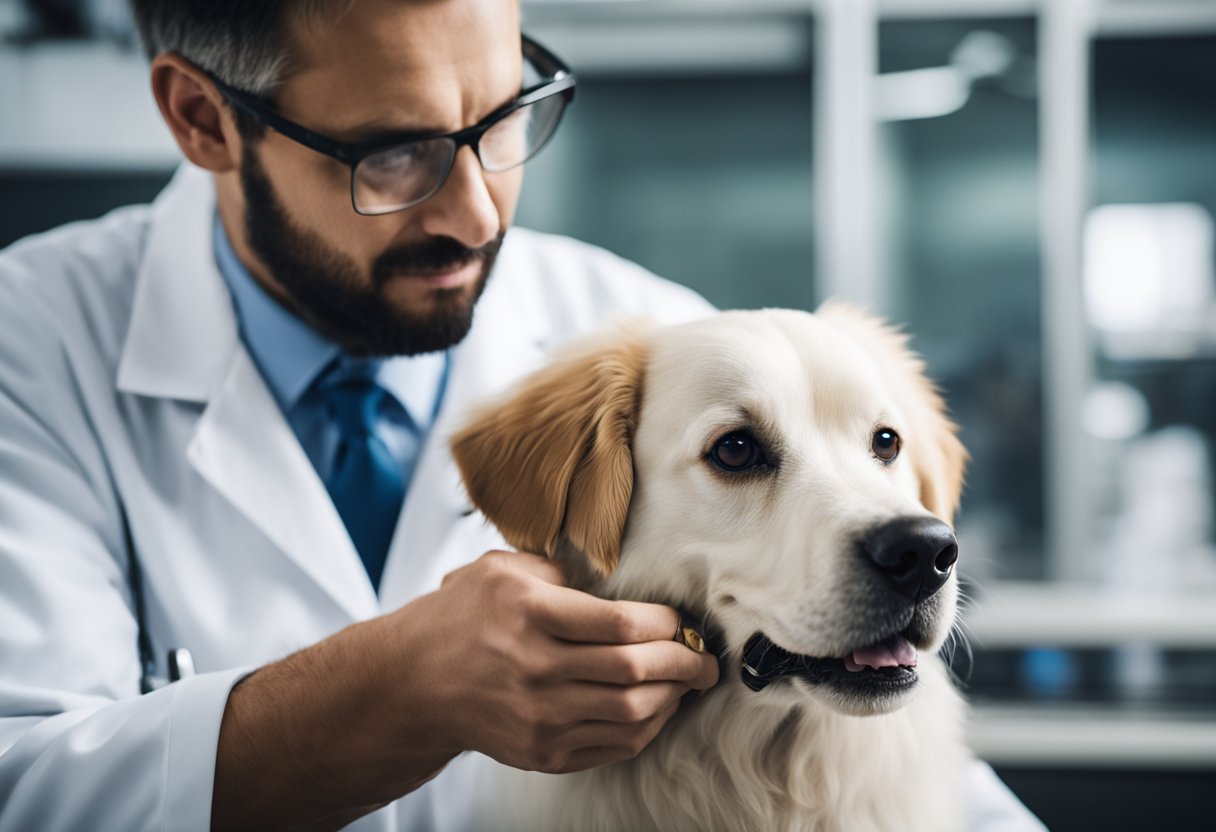
Regularly checking your dog’s anal sacs is an essential part of maintaining their overall health. In this section, we will discuss the different ways you can manage your dog’s anal sac health.
Regular Home Checks
Checking your dog’s anal sacs at home is a simple process that you can do on your own. The best way to check your dog’s anal sacs is to observe their behavior. If you notice your dog scooting their bottom on the ground or licking their anus excessively, it may be a sign that their anal sacs are full and need to be emptied.
To check your dog’s anal sacs, gently lift their tail and look for any signs of swelling or redness around the anus. You can also use your fingers to feel for any lumps or bumps around the anal area. If you notice any abnormalities, contact your veterinarian for an evaluation.
Professional Grooming and Veterinary Care
Professional grooming and veterinary care can also help maintain your dog’s anal sac health. Regular grooming can help prevent matting and hair buildup around the anus, which can lead to anal sac problems.
During your dog’s grooming sessions, the groomer can also check their anal sacs and empty them if necessary. Your veterinarian can also perform an anal sac expression during your dog’s routine check-up.
Diet and Supplements
Diet and supplements can also play a role in your dog’s anal sac health. Feeding your dog a high-quality diet that is rich in fiber can help regulate their bowel movements and prevent constipation, which can lead to anal sac problems.
Supplements such as omega-3 fatty acids and probiotics can also help maintain your dog’s anal sac health. Omega-3 fatty acids can help reduce inflammation and improve skin and coat health, while probiotics can promote a healthy gut microbiome and prevent digestive issues that can lead to anal sac problems.
In summary, managing your dog’s anal sac health involves regular home checks, professional grooming and veterinary care, and a healthy diet and supplements. By taking these steps, you can help prevent anal sac problems and ensure your dog’s overall health and well-being.
Resources
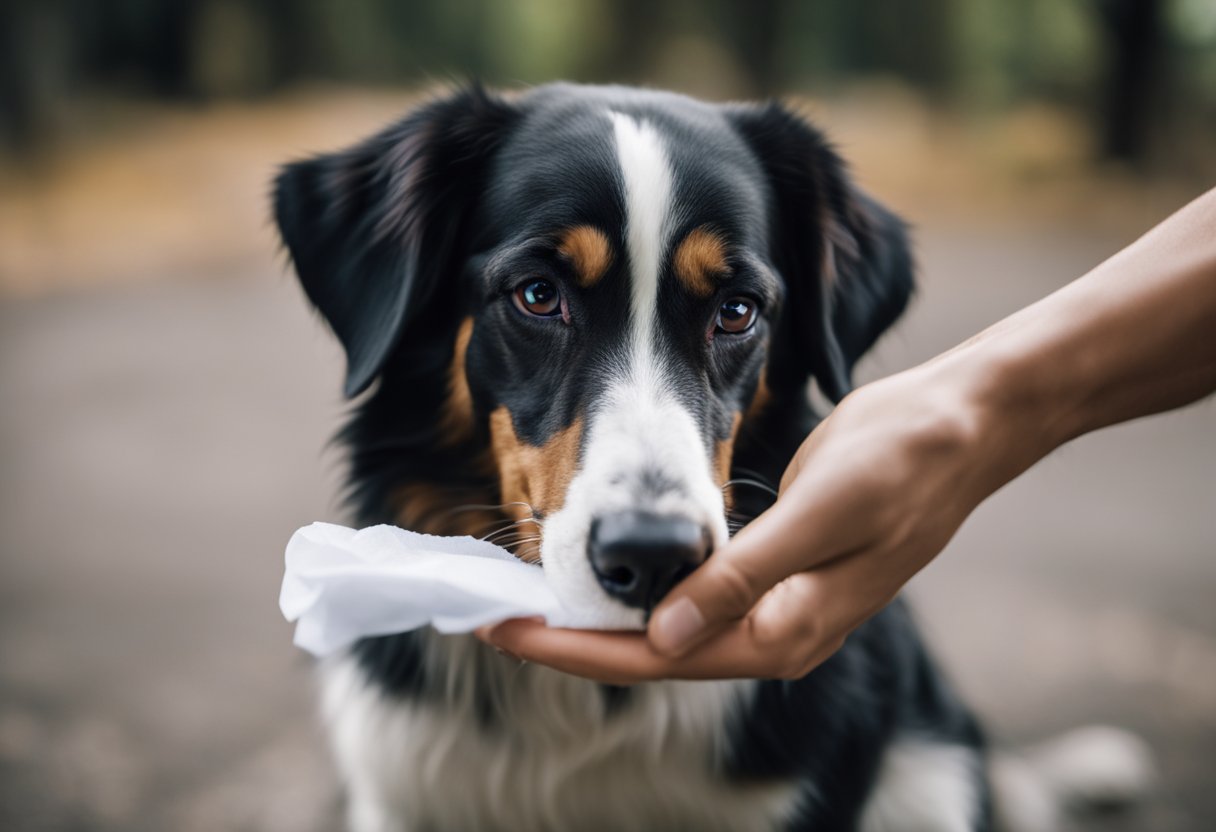
When it comes to taking care of your dog’s health, it’s important to have reliable resources to reference. Here are a few sources that can provide helpful information about emptying your dog’s anal sacs:
- American Kennel Club: The AKC provides a step-by-step guide on how to express your dog’s anal glands at home. They also offer tips on when to do it and what to look out for. 1
- Rover: Rover.com offers a detailed explanation of the process of expressing your dog’s anal glands, including helpful tips and tricks. They also provide a video tutorial to make the process easier to understand. 2
- Canine Journal: Canine Journal offers a personal experience of emptying their dog’s anal glands and provides information on when to do it and what to look out for. They also offer tips on how to do it safely and when to seek veterinary attention. 3
It’s important to note that while these resources can provide helpful information, it’s always best to consult with your veterinarian if you have any concerns about your dog’s health. Your vet can provide personalized advice and guidance on how to care for your dog’s anal glands and overall health.
Remember to always approach the process of emptying your dog’s anal glands with caution and care. If you’re unsure about how to do it safely or your dog is showing signs of discomfort or pain, seek veterinary attention immediately.
Conclusion
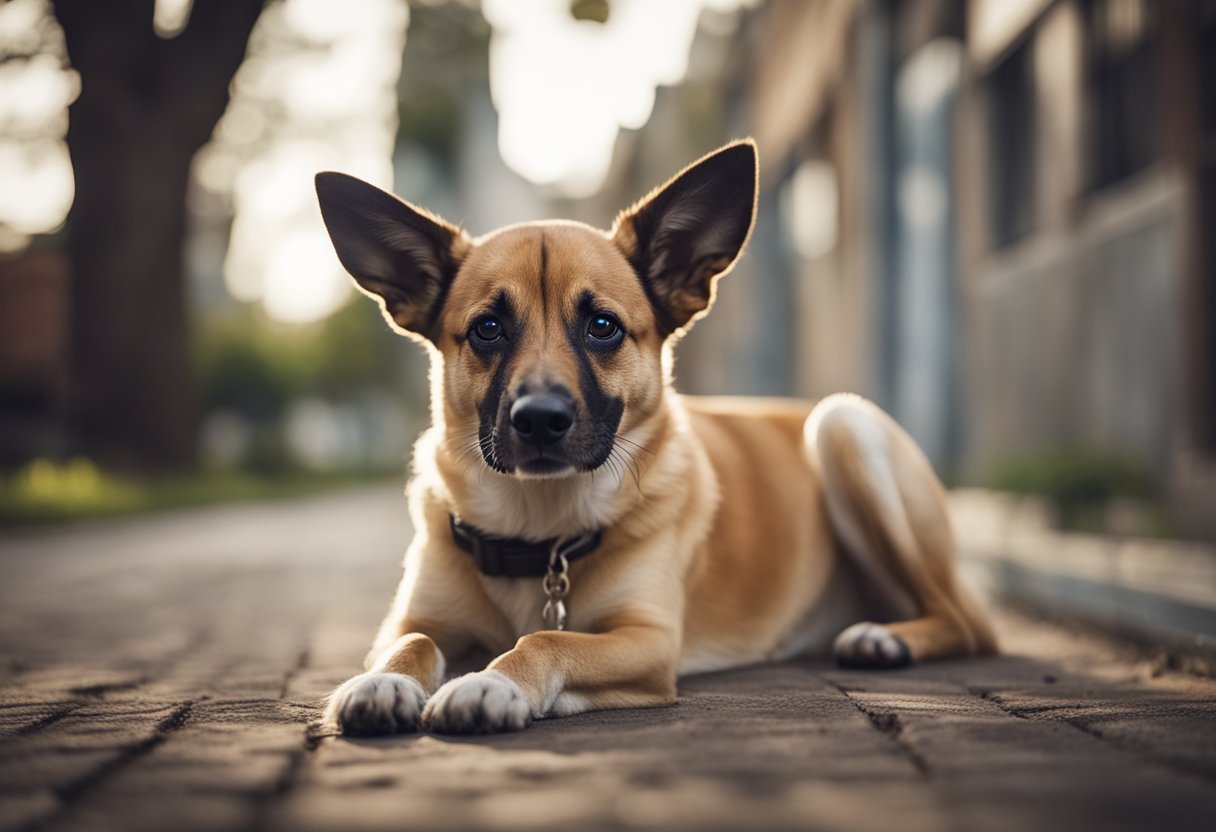
In conclusion, emptying your dog’s anal sacs regularly may not be necessary for all dogs. It is important to pay attention to your dog’s behavior and symptoms to determine if they need their anal sacs expressed.
If your dog is scooting, licking their anus excessively, or showing signs of discomfort, it may be time to have their anal sacs expressed. However, if your dog is not showing any symptoms, it is best to leave their anal sacs alone.
It is also important to note that emptying your dog’s anal sacs too frequently can increase the risk of impaction or blockage. Therefore, it is recommended to only express their anal sacs when necessary and under the guidance of a veterinarian or trained professional.
Overall, it is important to prioritize your dog’s health and well-being by monitoring their behavior and seeking professional advice when necessary.
Frequently Asked Questions
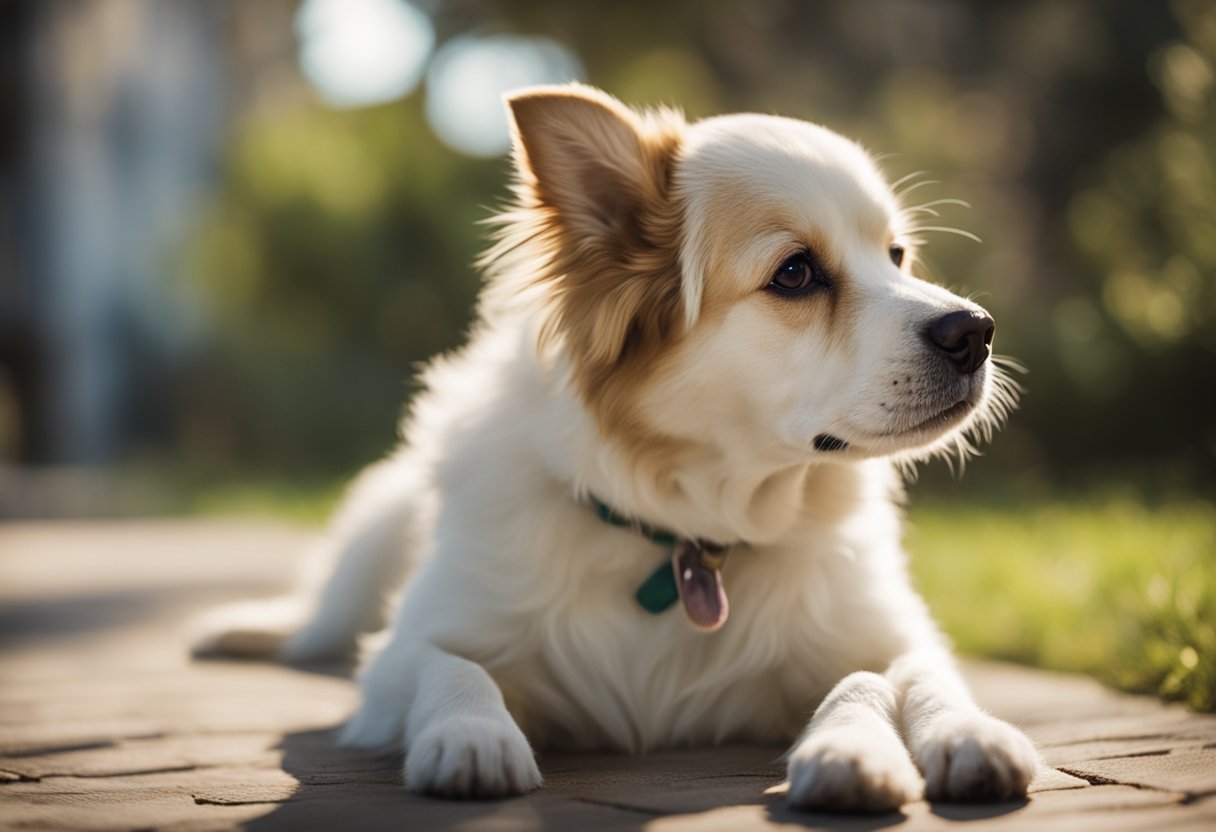
How can you identify if a dog’s anal glands are full?
Dogs that have full anal glands may display some of the following symptoms: scooting their bottom on the ground, licking or biting at their bottom, and a strong smell coming from their rear end. If you notice any of these symptoms, it is recommended that you take your dog to the vet to have their anal glands checked.
What are the symptoms of impacted anal glands in dogs?
Impacted anal glands in dogs can cause discomfort and pain. Dogs with impacted anal glands may show signs of discomfort, such as licking or biting at their bottom, and may have difficulty defecating. Other symptoms may include swelling, redness, and discharge from the anal area. If you notice any of these symptoms, it is recommended that you take your dog to the vet to have their anal glands checked.
At what age should you consider expressing a dog’s anal glands?
There is no specific age at which dogs should have their anal glands expressed. However, some breeds are more prone to anal gland problems than others, so it is important to monitor your dog’s anal glands regularly and take them to the vet if you notice any symptoms.
Could a dog’s diet influence anal gland problems?
Yes, a dog’s diet can influence anal gland problems. Feeding your dog a diet that is high in fiber can help keep their anal glands healthy and functioning properly. Additionally, feeding your dog a diet that is high in fat can increase the risk of anal gland problems.
What are the consequences of not expressing a dog’s anal glands?
If a dog’s anal glands are not expressed when they are full, it can lead to discomfort, pain, and infection. Additionally, dogs with chronic anal gland problems may require surgery to remove the glands.
How often should anal gland expression be performed on dogs?
There is no set schedule for expressing a dog’s anal glands. Some dogs may need to have their anal glands expressed more frequently than others. It is recommended that you monitor your dog’s anal glands regularly and take them to the vet if you notice any symptoms. Your vet can advise you on how often your dog’s anal glands should be expressed based on their individual needs.
